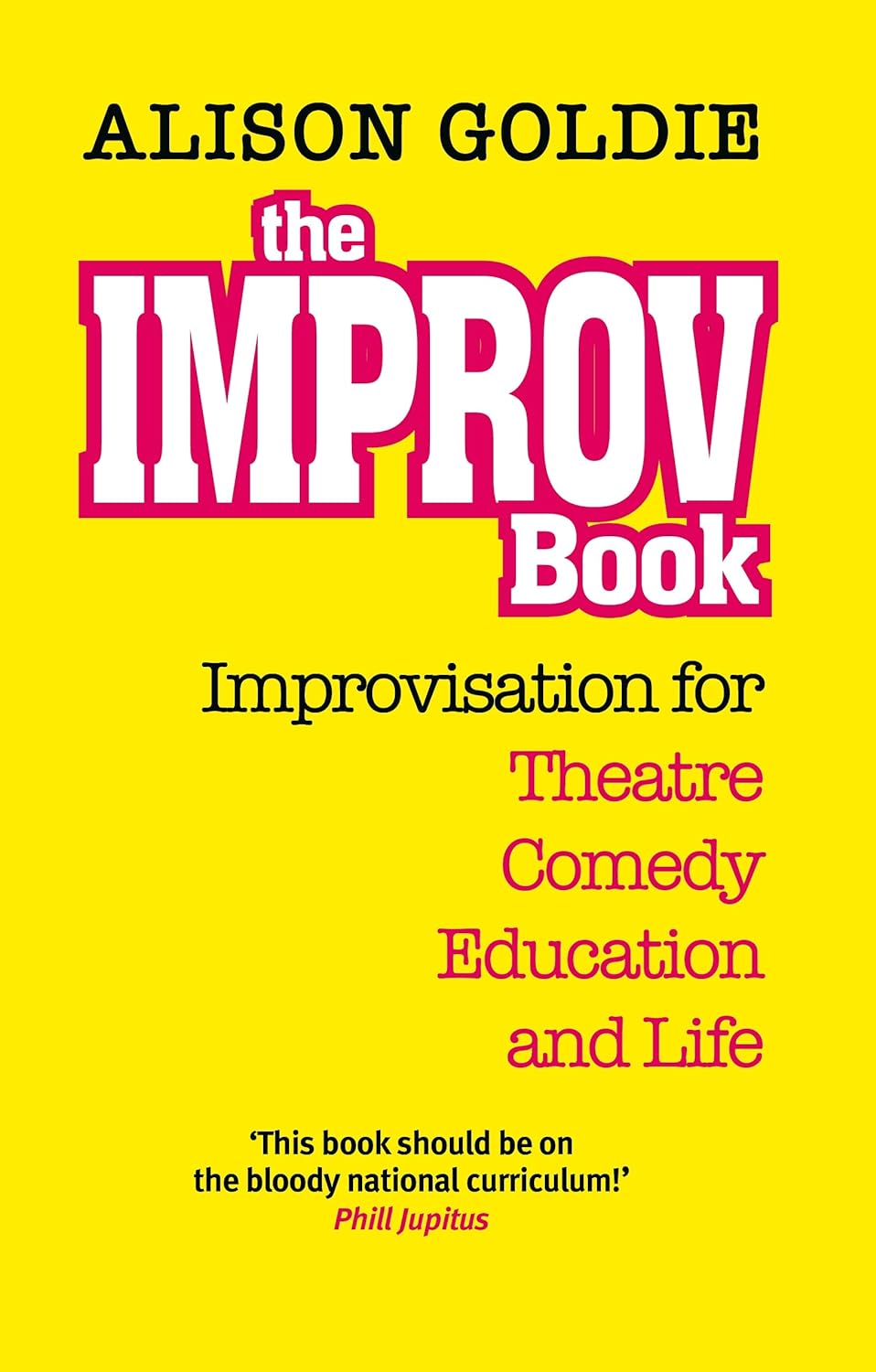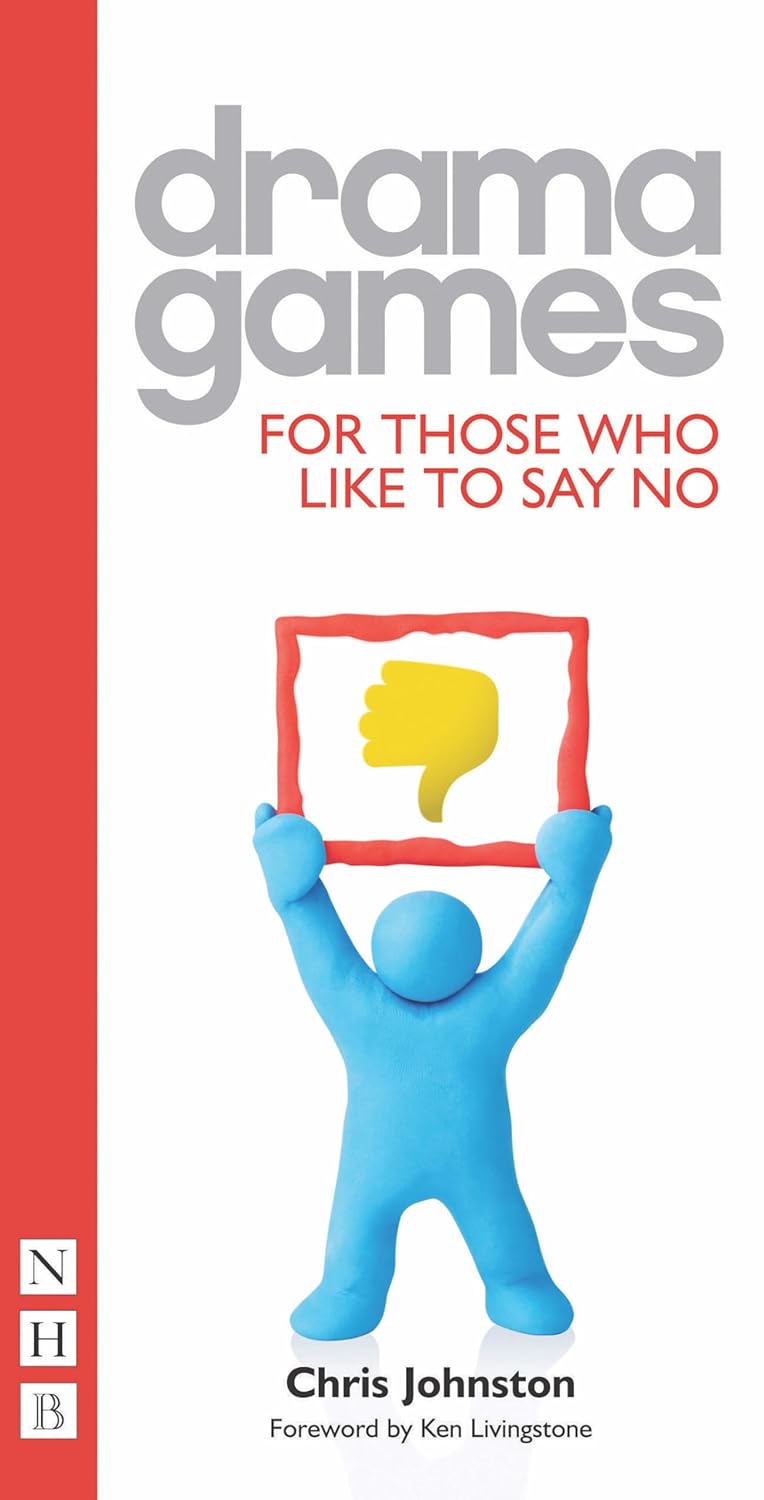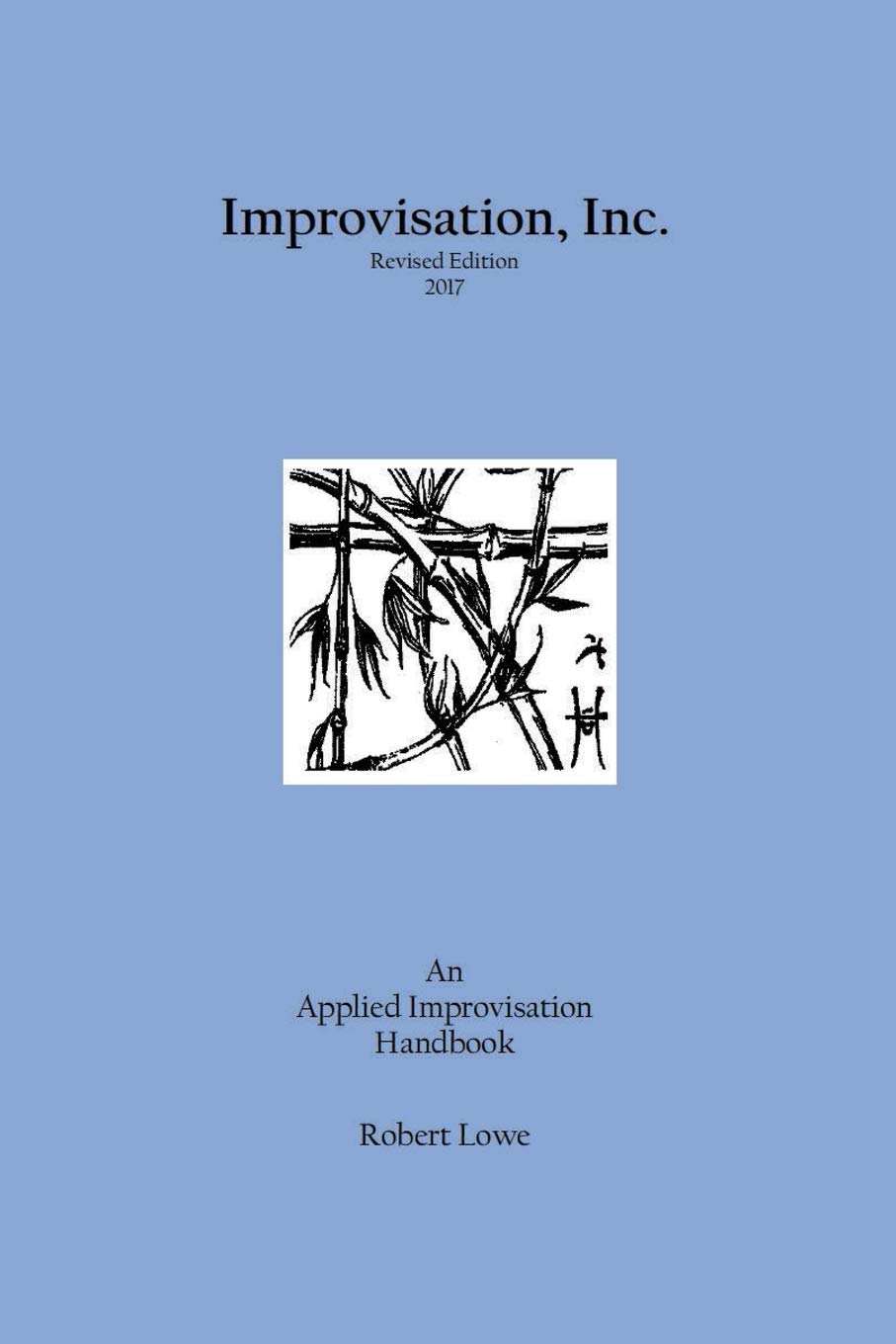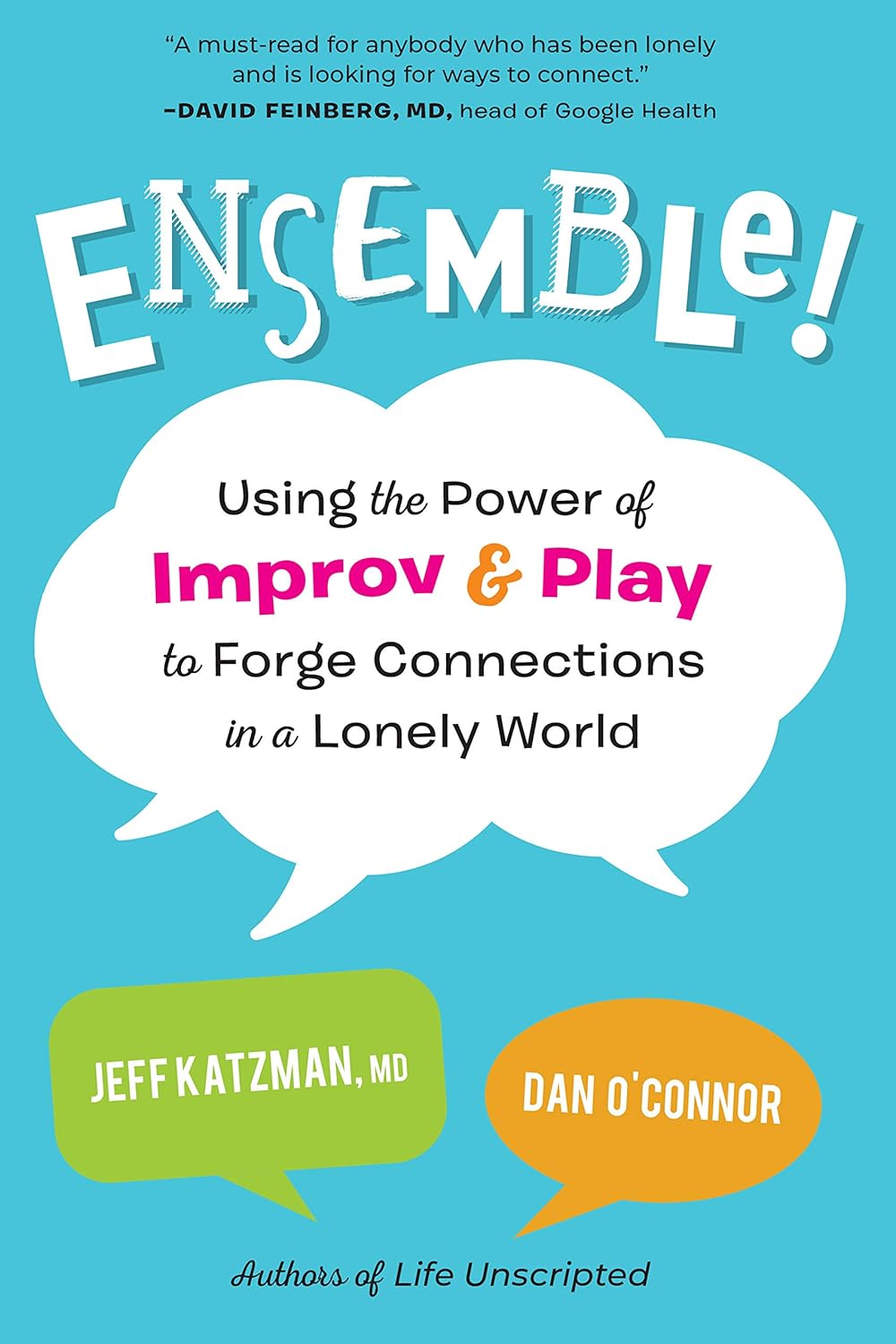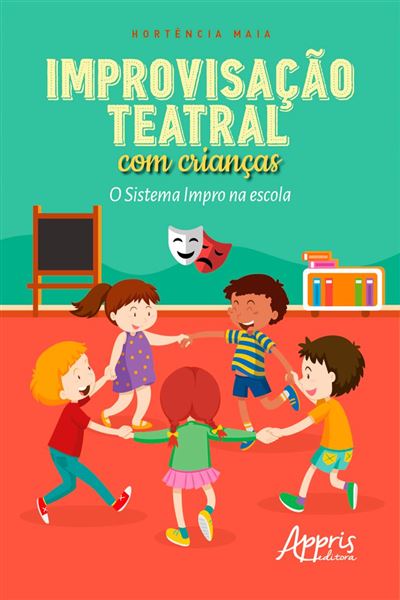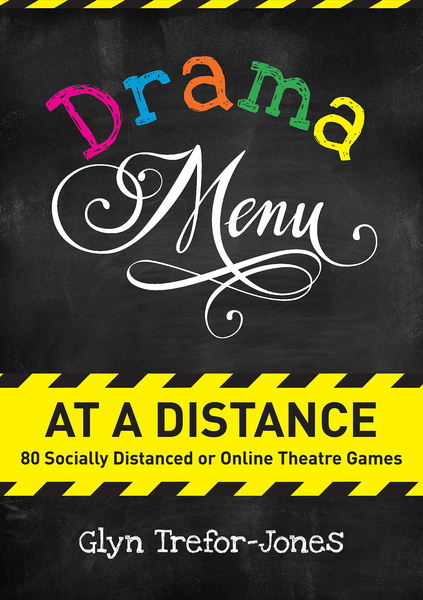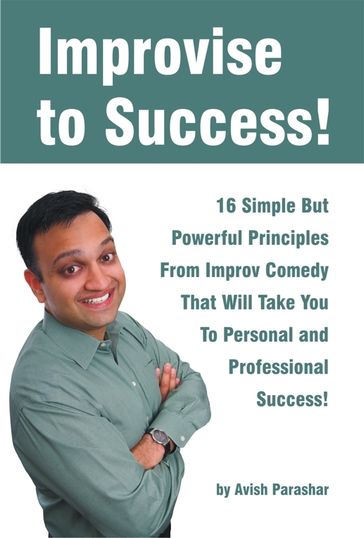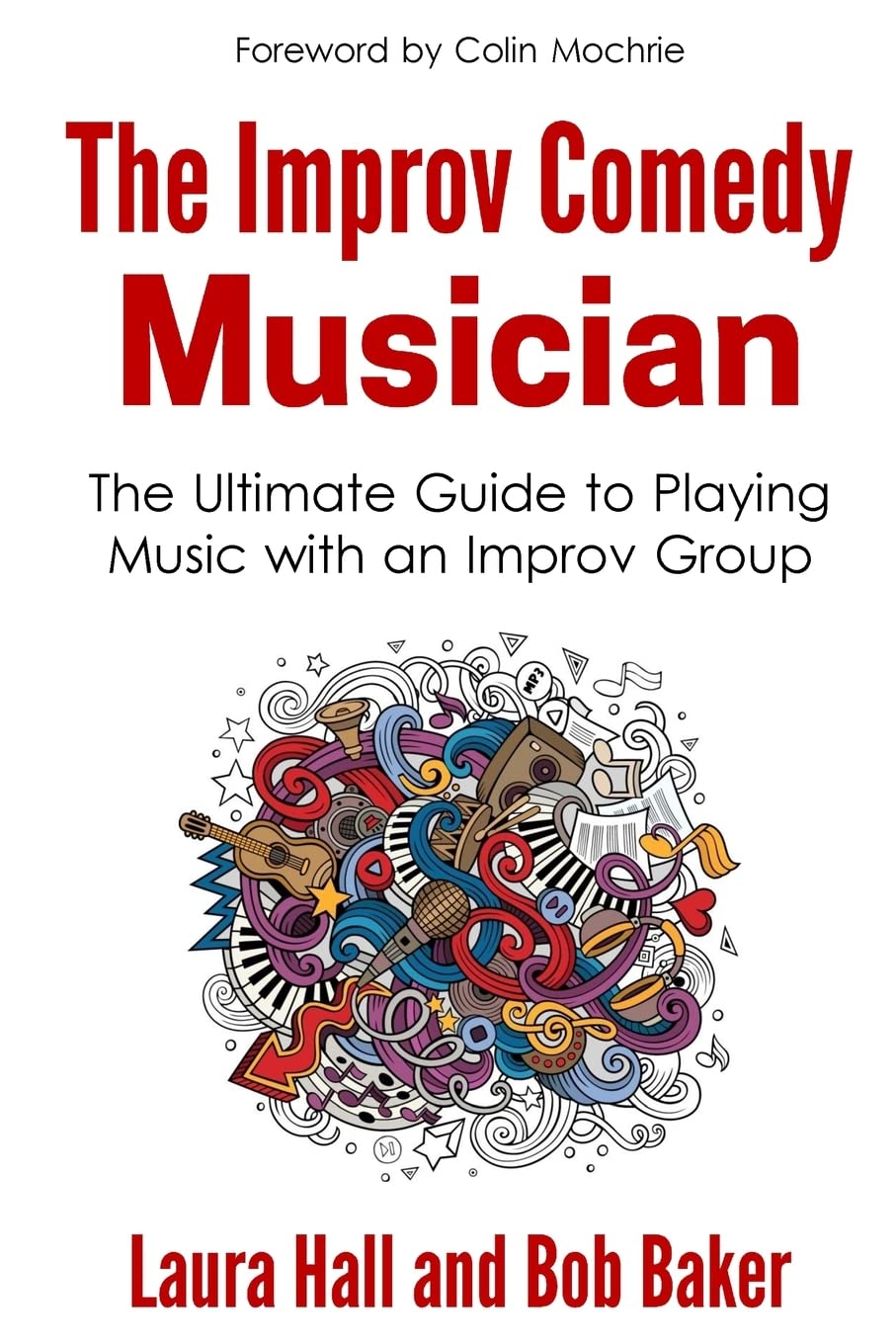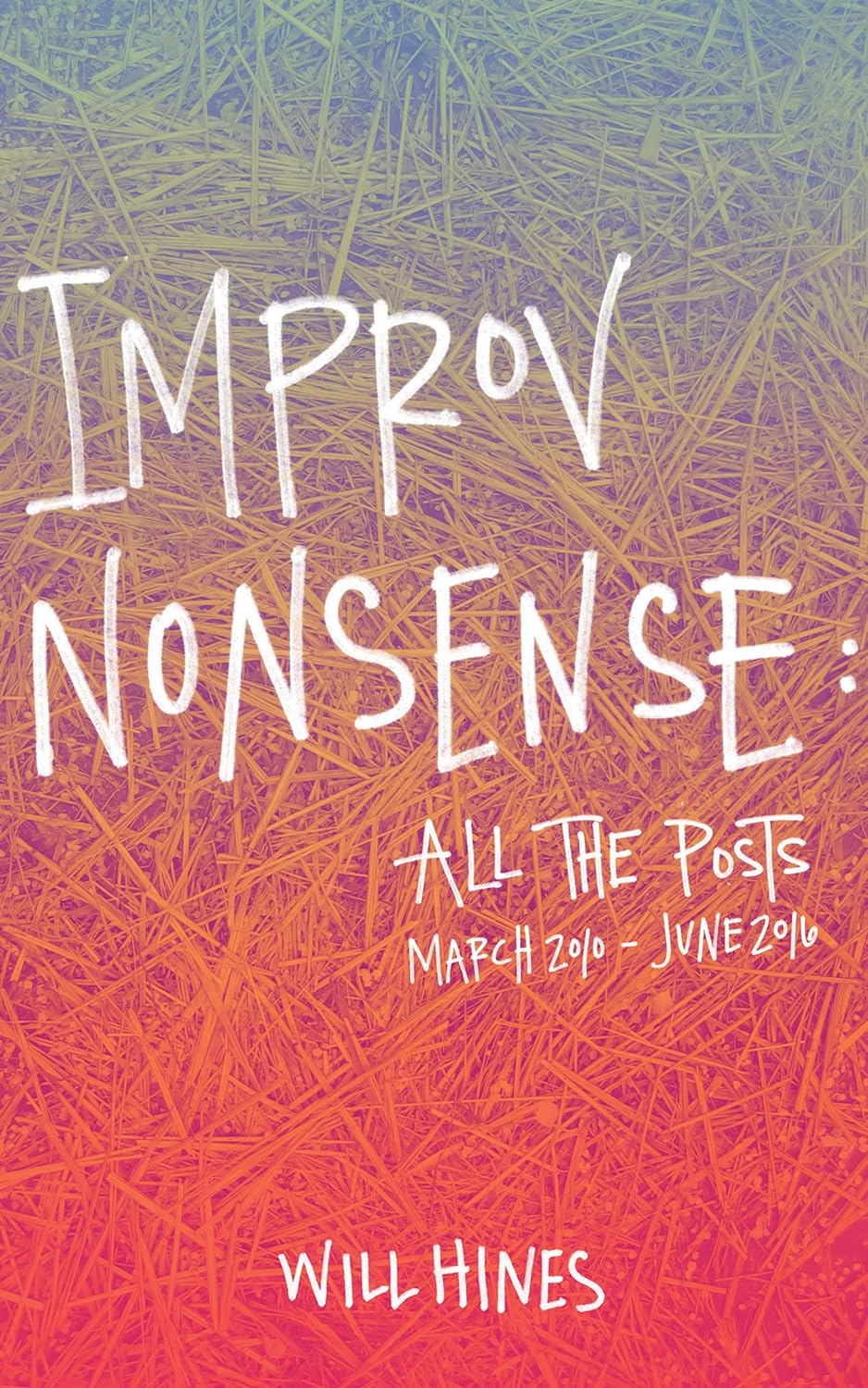A smart, witty and accessible guide to the rewarding and joyful practice of improvisation. An asset to students and teachers of improvisation in schools, drama schools, higher education and theatre groups, both professional and amateur. It will also be of benefit to organisations and individual readers who want to discover how improv stimulates creativity and confidence in all areas of life. The Improv Book opens up this exciting discipline to a wider audience.
Language
Encourages reluctant participants to engage, collaborate, and develop not just skills for drama but skills for life. Following the ninety games and exercises aimed at developing core skills, the book offers scenarios for a series of improvisational challenges that test participants’ abilities in mediation, communication, negotiation, assertiveness, and managing emotions.
Applied Improvisation has become an important and growing field of exploration, research, and human cooperation. The book goes far beyond an introduction to alternative applications of Improvisational Comedy. It also delves into underlying theories that are usable in all human endeavors, from personal enrichment to every aspect of organizational development and cooperation. It includes working ideas, theory, structures, methodology, stories, notes, references, and practices, as well as exercises that can be used in any setting where learning and change are desired. This revised edition is also about tapping sources of creativity, in your gatherings and in your life. The material is intended to be used by individuals, within families, community development organizations, in government, in the military, in not-for-profit systems, religious gatherings, among business owners, executives, and companies, by corporate career-track leaders, trainers, educators, teachers, motivational presenters, and all others who understand how important it is to communicate effectively and easily, and to work cooperatively as we trudge our way through this ever increasingly complex, urgent, delicate, and small world. Revised edition: 2017
Ensemble!: Using the Power of Improv and Play to Forge Connections in a Lonely World Drawing on a combined expertise in improvisational theatre and psychiatry, author team Dan O’Connor and Dr. Jeff Katzman show readers how improv skills are the perfect antidote to loneliness and isolation. I know what you’re thinking: Hold on…improv? Like getting on a stage in front of an audience? What if that’s not my thing? Don’t worry: this isn’t a book about becoming an improv theater expert, and it’s not really a book about performing. It’s a book about loneliness–about our feelings of disconnection and isolation, ones that we may have been experiencing since long before the pandemic. More importantly, it’s a book about becoming unlonely–by borrowing from the collaborative and creative tools of improv. Authors of Life Unscripted Jeff Katzman, a professor of psychiatry at the University of New Mexico, and Dan O’Connor, multifaceted actor, writer, and director, have created a process they call Ensembling that helps us build an ensemble of relationships in our lives and more deeply enjoy the groups we already belong to. This is a process of becoming a little vulnerable with each other, and of embracing the moment in which we find ourselves….
“This is what we can say about what an improvisation is: a story that we tell ourselves as when we were children. » “- Stéphane Volle: since an improvisation is a beautiful, simple story written by players, the question is: how to write or how to tell a beautiful, simple story? – Pierre Martineau: the only answer that comes to mind is: starting from emotions! Because a story is told with the stomach, with the guts; a good story anyway. » These interviews with Pierre Martineau, historic Master of Ceremonies of the National Improvisation League in Montreal, are the way to know and understand the spirit which animated the creators of this game and this concept: the theatrical improvisation match. They are essential to fully understand not only the usefulness of the rules, the importance of the framework: “why do we do this or that”; but above all the “how”: how to improvise, that is to say how to “tell beautiful stories together”.
The theatrical improvisation book with children: The Impro System in the school This book presents the practice of improvisation and its pedagogical possibilities in teaching theater with children in basic education, and broadens the alternatives for working with improvisation in not teaching fundamental in consonance with the language skills of theater described in the last version of the Comum National Curriculum Base. Objectively, Impro is a practice of theatrical improvisation in front of the public, developed by theater professor and English playwright Keith Johnstone, since the 1950s in contemporary times, which has the premise of a theater that works with spontaneity and imagination for a creative mind. Improper System is the nomenclature given by North American researcher Theresa Dudeck in relation to Johnstone’s teaching-learning work.
Drama Menu at a Distance: 80 Socially Distanced or Online Theatre Games ‘For however long we must keep our distance, we will continue to create, to reinvent, to strive and to feed our creativity. At a time where performers are needed more than ever, training the next generation of performers must go on!’ Glyn Trefor-Jones, from his IntroductionDrama Menu is the revolutionary, hugely popular concept that has transformed the planning and delivery of drama classes for teachers and workshop leaders around the world. Choose an Appetiser or two, a Starter, a Main Course and a Dessert – and voilà! –…
Improvise to Success! 16 Simple But Powerful Principles From Improv Comedy That Will Take You to Personal and Professional Success! Face it: the world is amazingly unpredictable. No matter how prepared you are, or how well you plan, things will go wrong, surprises will happen, and people will do unexpected things. The key to achieving success while maintaining your sanity is to learn how to improvise and flow with whatever life sends your way! Whether you are an improv performer, a fan of improv comedy, or have never even seen improv before, you will immensely benefit from learning how to “flow in the moment” with anything that happens to you. Everyone, including you, is improvising every second of every day. Life is not scripted. No matter how much you want things to turn out exactly as planned, life usually has other plans. Life, after all, is the ultimate improvisation. People who master the ability to improvise can: * Direct their activities so they are always moving forward towards what they want (no matter what happens) * Stay calm and relaxed no matter how intense things get * Make the most of any situation * Flow with what happens – to…
The Improv Comedy Musician: The Ultimate Guide to Playing Music with an Improv Group Learn musical improv from Laura Hall of “Whose Line Is It Anyway?”Are you a musician who performs with an improv comedy group? If so, this book is for you! You’ll also greatly benefit if you are a music director, improv team leader, improv teacher or coach, improv actor or singer, or just a hardcore Whose Line fan. This book is an opportunity for me to share knowledge gained from my years of improv experience. You’ll learn how I do what I do on Whose Line is it Anyway (plus get some insider stories about the show!) And you’ll get tips and pointers on how to play for live improv shows, play in different styles, accompany improvised songs, know how to approach long and short form, improvise musicals, be a valuable team player, and lots more.
Improv Nonsense: All The Posts This is a book about long-form improv, the art of making up comedy scenes as you go (meaning no script) on a stage. Improv Nonsense was a critically acclaimed blog about long-form improv, written by Will Hines, a teacher and performer from the Upright Citizens Brigade Theatre. The blog ranged from Will’s off-the-cuff musings like “New students sure do like to use the name ‘Janice’” to long, detailed essays like “Why are there fewer women then men on improv teams?.” It was sharp, opinionated, made no effort to include the newcomer, interesting, friendly, helpful and often completely wrong. Six years of posts, almost 600 pages of stuff. This book can be obtained in digital format for less than €10
